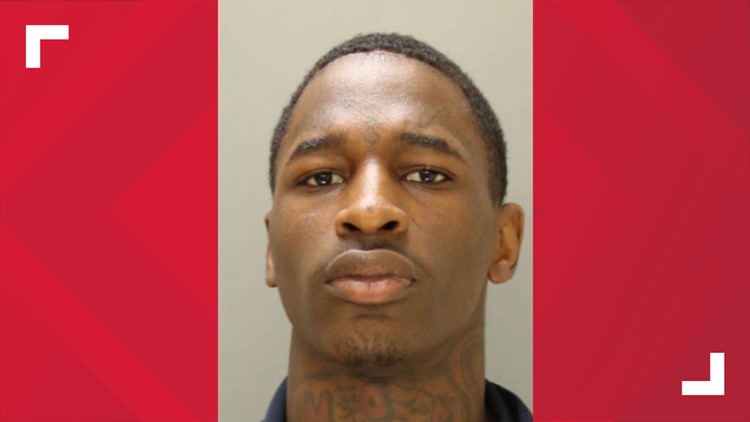LANCASTER, Pa. — A Lancaster man's life sentence was upheld regarding a fatal 2019 shooting.
According to the Lancaster County District Attorney's Office, The Superior Court of Pennsylvania affirmed the conviction of Shawn Connelly after denying the claims he argued in his appeal.
Connelly was convicted after a three-day trial in February 2022 for shooting and killing 44-year-old Anthony Marshall and striking another victim in the 600 block of Lafayette St. on Father’s Day in 2019, according to the Lancaster County District Attorney's Office.
Connelly raised three issues on appeal:
- The trial court erred in failing to suppress his identification resulting from unduly suggestive police procedures.
- The Commonwealth didn’t present sufficient evidence to prove he was the perpetrator where the only evidence linking him to the crime was witness identifications from video, and the Commonwealth offered no corroboration or reason why the witnesses were better suited to make the identification to the jury.
- The trial court committed reversible error by denying his post-sentence motion seeking a new trial because the verdict was against the weight of the evidence.
The defense counsel alleged Connelly’s identification as the shooter was “unreliable and unduly suggestive” and a result of “coercive police procedures” in a pretrial motion. A suppression hearing was held in Dec. 2021 and the trial court denied the motion.
A post-sentence motion was filed in May 2022 challenging the weight and sufficiency of evidence to support his conviction asserting Brady and Pennsylvania Rule of Criminal Procedure 645(C) violations.
The trial court denied that motion in June 2022 and this appeal followed, according to the Lancaster County DA's Office.
Connelly first alleged the trial court erred in denying his pretrial motion because the photo array identification procedure was suggestive, not administered in a double-blind fashion, and that police coaxed the surviving victim into identifying him by showing him photos of Connelly several times before making the identification.
The Superior Court stated in its opinion the appellant “presented no evidence suggesting the officers pressured [the victim] into making an identification, nor did the appellant present any scientific evidence challenging the identification procedure used by the officers.”
Second, Connelly challenged the sufficiency of the evidence presented at trial to identify him, emphasizing the identification was based solely on a detective’s and the victim’s review of surveillance video. He argued that a conviction may not rest solely on a witness’s ability to identify a suspect from a video unless there is substantial corroboration and the witness’ familiarity with characteristics of the defendant are not immediately observable by the jury at trial. The appellant maintained he was misidentified based on confirmatory feedback and confirmation bias surrounding rumors that he was the shooter.
The Superior Court found the appellant “did not provide any record citation to support this claim, and our review reveals there is simply no evidence in the record that either [the victim] or [detective] was aware of the purported rumors surrounding appellant prior to their identifications.”
Connelly’s third and final issue raised again challenges his identification and the weight of the evidence presented, namely the credibility of the testimony of the victim and detective who identified him.
The Superior Court ruled in its decision: “The jury (as well as the trial court) was able to view the surveillance video and assess the reliability of both witnesses’ identifications. Although [the detective] candidly admitted that he identified the appellant based on his physical characteristics, not facial recognition, again, the jury was able to weigh that testimony in determining whether the identification was credible.”
Connelly remains in state prison. He was sentenced to life in prison plus nine years.



